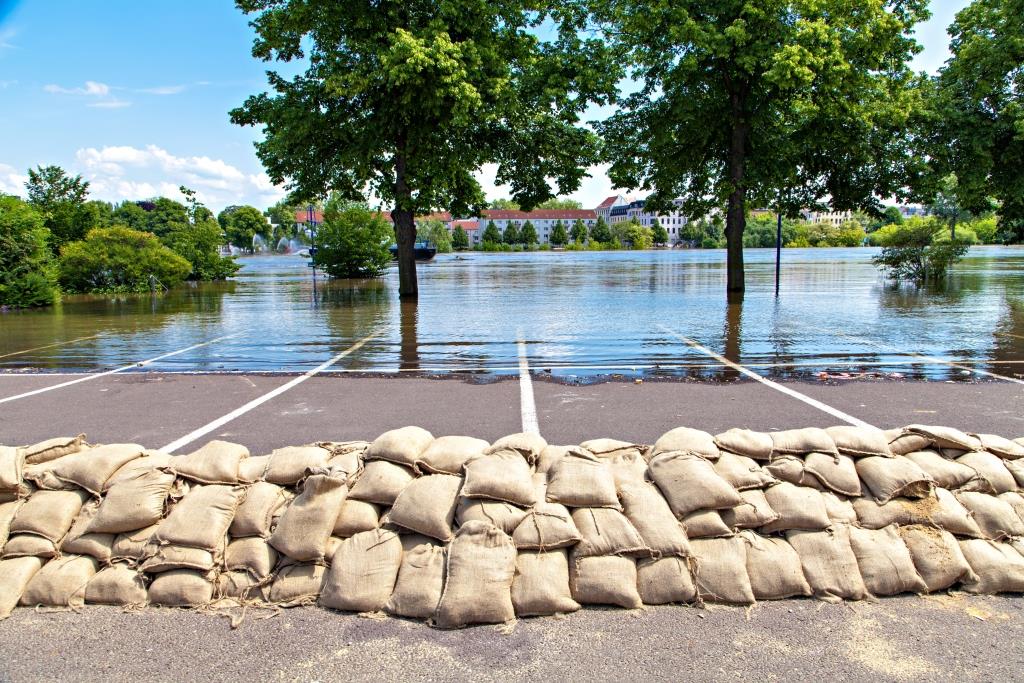Ambitious Pioneers Needed for 2030 Agenda for Sustainable Development
On 25-27 September 2015, heads of states and governments will announce their commitment to the 2030 Sustainable Development Agenda at the United Nations Sustainable Development Summit 2015 in New York, USA.
What is the Summit?

The Summit is expected to set out the UN’s vision for a better world, leaving no one behind. It will establish the goals that all nations would like to achieve, and will kick-off processes to monitor how these goals are to be achieved.
A similar process took place in the past, at the Millennium Summit in September 2000. This concluded with the UN Millennium Declaration, calling for a global partnership to reduce extreme poverty. The Declaration was supported by a series of targets recommended by the UN Secretary General, which became known as the Millennium Development Goals. These were applicable only to developing countries, with a deadline of 2015.
At the UN Sustainable Development Summit 2015, a new set of goals with a broader scope – known as the Sustainable Development Goals (SDGs) – will be adopted. These will apply to all nations as a result of three years of intergovernmental negotiations with the strong engagements of all major groups, stakeholders and actors. In addition, the Summit will consolidate a number of intergovernmental processes on topics including finance, disaster risk reduction and climate change into a single framework.
What will be adopted?
The Outcome Document:
- affirms the 17 goals and 169 targets that are applicable to all member States, with implementation to be based on national priorities;
- mandates Inter Agency and Exert Group on SDG Indicators by the UN Statistical Commission to develop the global indicator framework;
- establishes the High Level Political Forum annually, under the auspices of ECOSOC with follow-up and review every four years by the UN General Assembly; and
- integrates global financing architecture into its implementation, with additional support from the Technology Facilitation Mechanism and Multistakeholder Forum on Science Technology and Innovation.
How does ICLEI interpret the Summit?
The Summit arrives at a time when the world and communities are facing numerous crises – in particular, ecological crises – that are bringing us close to a point of no-return, with a high risk of nullifying all the social and economic progress achieved over the past decades.
The Summit and adoption of the SDGs thus demonstrate the willingness of national governments and global stakeholders to seize the last opportunity to ensure the implementation of all sustainable development principles – a journey that began in 1992 through Agenda 21 but has had limited achievements since then.
The Outcome Document contains a number of strengths. Most importantly, it enables nations to finally incorporate the sustainability agenda into larger development process and bring all countries and actors onto the same track. It also has certain weaknesses, such as a lack of full enforcement or compliance, and dispersed modalities for partnerships, with various levels of inclusiveness, governance and accountability.
For those who have not been fully engaged in sustainability in the past, the Summit and SDGs constitute a very helpful starting point, ensuring that no one is left behind.
For those pioneers who have been following the guidance, spirit and practice of sustainability for so many years – in particular those enshrined in Chapter 28 of Agenda 21, which is widely known as Local Agenda 21 – the Summit and the SDGs are excellent opportunities to lead by example and scale-up ambitions, so that the Post-2015 journey can turn into a race-to-the-top, rather than a search for the lowest-common-denominator.
Goal 11 – “Making cities and human settlements inclusive, safe, resilient and sustainable” – is one of the strongest SDGs. It provides a huge opportunity to ensure a true transformation, given that the implementation of the SDGs by 2030 will take place in the kind of urban world that humanity has never experienced before.
The Summit and the SDGs certainly constitute the beginning of a promising process. For full transformation, however, the agenda established by the SDGs must be seen as the baseline, not the target. Nations and international bodies must therefore direct their support and engagement at local and subnational governments, who have been showing inspiration and leadership for so long.
For information on how ICLEI will be participating in and contributing to the Summit, please click here.




